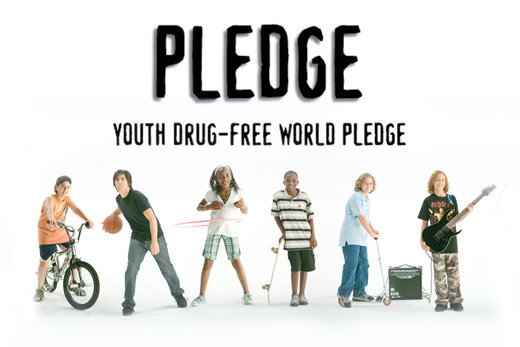DREAM OR NIGHTMARE?
- According to the 2007 National Survey on Drug Use and Health, an estimated 12.4 million Americans aged 12 or older tried Ecstasy at least once in their lives, representing 5% of the US population in that age group.
- Results of the 2007 survey indicated that 2.3% of eighth graders, 5.2% of tenth graders and 6.5% of twelfth graders had tried Ecstasy at least once.
- 92% of those who begin using Ecstasy later turn to other drugs including marijuana, amphetamines, cocaine and heroin.
Imaginary Love Pill Off with the Mask
Ecstasy is often called “the love pill” because it heightens perceptions of color and sound and supposedly amplifies sensations when one touches or caresses another, particularly during sex.
But Ecstasy often contains hallucinogens, which are drugs that act on the mind and cause people to see or feel things that are not really there. Hallucinogens can throw a person into a scary or sad experience from the past, where he or she gets stuck without even realizing it.
The image of Ecstasy as a “love pill” is one of many lies that are spread about the drug.
Ecstasy is emotionally damaging and users often suffer depression, confusion, severe anxiety, paranoia,1 psychotic behavior and other psychological problems.
“Rave parties are okay so long as you don’t take Ecstasy. But as soon as you start, you think people who advise you to stop are idiots. You start to believe you have found something great and others must not try to tell you the contrary. When you start liking Ecstasy, it’s too late, you’re sunk.” —Pat
- 1. paranoia: suspicion, distrust or fear of other people.
REFERENCES
- Drug Enforcement Administration
- National Institute on Drug Abuse
- Drug Policy Information Clearinghouse
- “Club Drugs Facts & Figures,” Office of National Drug Control Policy
- United Nations Office on Drugs and Crime World Report 2008
- Center for Substance Abuse Research
- British Medical Journal
- National Institutes of Health
- Department of Health (UK)
- 2007 National Survey on Drug Use and Health













